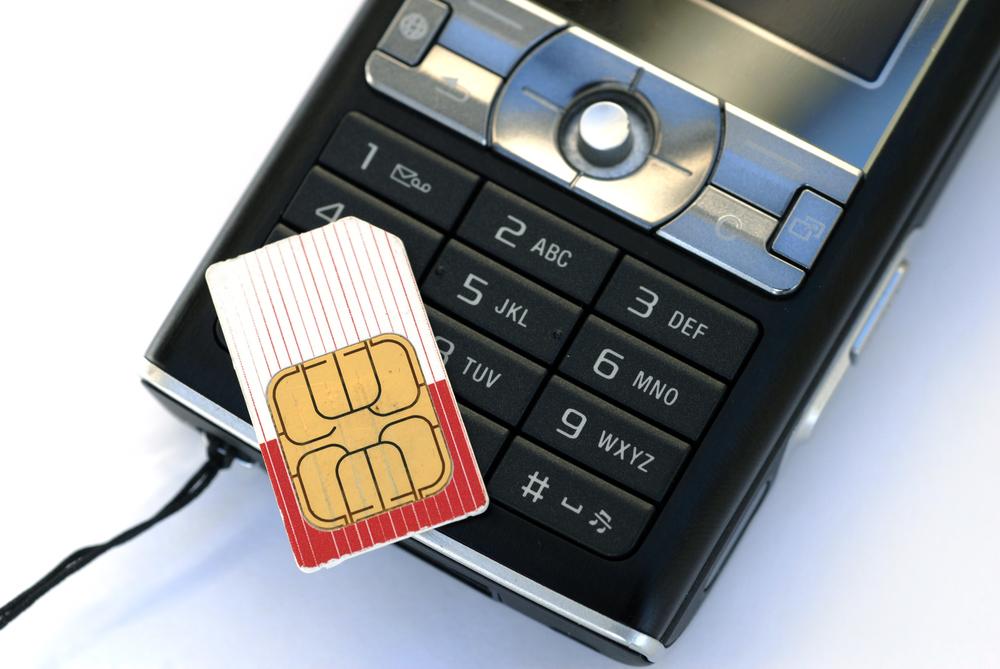Smartphone Cost-Effective Strategies: Essential Factors for Budget-Friendly Mobile Use
This comprehensive guide offers practical strategies for reducing smartphone expenses, including selecting the right plans, verifying network coverage, negotiating with providers, and protecting your device. By understanding your usage needs and leveraging available options, you can enjoy affordable mobile service without compromising quality. The article emphasizes the importance of research, negotiation, and proactive management to achieve long-term savings and ensure reliable connectivity. Perfect for consumers seeking cost-effective mobile solutions, this guide provides valuable insights into managing smartphone costs effectively.

Smartphone Cost-Effective Strategies: Essential Factors for Budget-Friendly Mobile Use
In today’s digital age, smartphones are indispensable tools for communication, work, entertainment, and daily activities. However, the costs associated with owning a smartphone—from purchasing devices to monthly service fees—can be overwhelming if not managed properly. For consumers seeking to reduce expenses without sacrificing functionality, understanding key factors influencing mobile costs is crucial. This comprehensive guide explores strategies to help you optimize your mobile expenses, covering everything from selecting affordable plans to choosing the right device and avoiding unnecessary charges.
Assessing Your Actual Internet and Usage Needs
One of the fundamental steps in saving on smartphone costs is accurately evaluating your specific internet and data consumption habits. Many users pay for higher-tier plans or unlimited data packages that they seldom utilize, leading to unnecessary expenses. Start by analyzing your current monthly data usage, call frequency, and messaging habits. Most smartphones have built-in tools or apps that track your usage. If you find that your data needs are modest and calls are infrequent, opting for a smaller plan can significantly cut costs. Reviewing these patterns helps you select a plan that matches your actual needs, preventing overspending on unneeded features.
Additionally, consider whether your mobile usage aligns more with occasional or heavy usage. Light users, who primarily use their phones for calls, texts, and occasional browsing, can benefit from pay-as-you-go options or small bundled plans. Meanwhile, frequent users or those who stream media, play online games, or work remotely may require more comprehensive packages but still should evaluate whether unlimited plans offer true value versus more tailored options.
Evaluating Network Coverage and Reliability
Before opting for a new provider or plan, it’s critical to verify the network coverage in your area. Poor connectivity can result in dropped calls, slow browsing speeds, and overall frustration, negating any potential savings. Use online coverage maps provided by carriers, and seek feedback from local residents or friends about their experiences. Reliable coverage ensures that you're not sacrificing service quality for a lower price, which could lead to higher costs through frequent call drops, the need for additional Wi-Fi use, or customer service issues.
In rural or less densely populated areas, certain providers may have limited coverage options, so choose a carrier that guarantees optimal connectivity in your location. Remember that coverage quality can vary greatly, and some providers specialize in regional or rural coverage, so research thoroughly before making a switch.
Choosing the Right Pricing Plan: Pay Monthly vs. Pay-As-You-Go
Understanding the different billing options available can significantly impact your overall expenses. Pay-as-you-go plans charge only for what you use—calls, texts, and data—making them excellent for light or irregular users who do not want to commit to fixed monthly fees. These plans typically come with no contract, providing flexibility and control over your spending.
On the other hand, monthly plans with set allowances are suitable for regular users who need a predictable budget. These plans often include bundled data, calls, and texts at a lower per-unit cost than pay-as-you-go options. For heavy users, unlimited plans might seem appealing, but it’s important to assess whether the included data and services are genuinely necessary for your lifestyle. Sometimes, paying for a slightly smaller or customized plan yields greater savings.
In addition, consider family or group plans, which often provide discounts for multiple lines sharing a common bundle. They can significantly reduce the individual cost per user without sacrificing service quality.
Monitoring and Managing Price Increases
Service providers occasionally adjust their pricing structures, often notifying customers well in advance. Staying informed about these changes ensures you can make timely decisions—whether to renegotiate your plan, switch providers, or negotiate better terms. Review your contract or service agreement periodically, and be proactive in discussing loyalty discounts or promotional offers that could mitigate price hikes.
Also, familiarize yourself with your provider’s policies regarding fee increases or plan modifications, so you're aware of your rights before signing or renewing contracts. Choosing providers with transparent pricing and flexible plans provides added peace of mind and better control over future expenses.
Securing Your Device: Insurance and Protection
Smartphone insurance is a vital consideration to protect your investment. With high-value devices, accidental damage, theft, or loss can lead to significant expenses. Many third-party insurers and banks offer affordable coverage options that extend beyond standard manufacturer warranties. Comparing policies ensures you get comprehensive coverage tailored to your usage and risk profile.
When choosing insurance, consider coverage limits, deductibles, and whether accidental damage, theft, or loss is included. Some plans also cover repairs or replacements, saving you potentially hundreds of dollars in case of mishaps. Additionally, check if your bank or credit card provider offers device protection as a perk, which can be more convenient and cost-effective.
Protecting your device extends its lifespan, maintains resale value, and reduces unexpected costs. Also, investing in strong cases and screen protectors further reduces the risk of damage, ultimately saving money in the long run.
Additional Tips for Cost Savings
Beyond plan selection and device protection, there are several other strategies to lower mobile costs:
Negotiate with Your Current Provider: Many users overlook the opportunity to negotiate better terms. As contracts end, contact your provider to discuss loyalty discounts or promotional rates. Customer retention teams often have discretionary powers to offer discounts or upgraded plans to retain your business.
Consider Buying Unlocked Devices: Purchasing unlocked smartphones, especially during sales or promotional periods, allows you to choose your preferred carrier and plan, avoiding carrier-specific premiums or fees.
Utilize Wi-Fi Networks: Connecting to Wi-Fi whenever available reduces data consumption, especially when streaming videos, downloading files, or browsing social media.
Limit Roaming and International Usage: International roaming charges can be steep. Use Wi-Fi for international calls and messages or consider specialized international plans or VOIP services for affordable communication abroad.
In conclusion, managing smartphone costs requires a strategic approach that combines accurate assessment of your usage, careful plan selection, coverage verification, and proactive device protection. By understanding your habits and leveraging available options, you can enjoy the benefits of modern mobile technology without breaking the bank. Remember that the most effective savings come from informed decisions and ongoing management of your mobile plan and device security. Take the time to research and compare offers, negotiate where possible, and prioritize coverage and protection to ensure a cost-effective and satisfying mobile experience.





